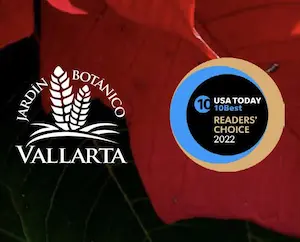Your cart is currently empty!
On Planting Daffodil Bulbs in the Fall
Photo:
Basic Garden Plan using Watercolours by Judith Cox
If you are fairly new to bulb planting, I suggest that you start with daffodil bulbs. Very few creatures will bother these bulbs. They do well in almost any situation, and they increase their number each year. Tulips, hyacinths, crocuses, and other tasty bulbs are more difficult.
Greetings fellow gardeners,
Oh, my goodness, what a lot of heat! I am toddling about, pushing my walker, dragging my hose, and hoping I can stay ahead of it. I am determined that this knee will heal. I found some ripe tomatoes and cucumbers and put them in the handy-dandy walker basket. My garden is overgrown and messy, but there are still delicious little bits here and there.
Sketching my Garden Plan
On Sunday, as I was sitting and icing my knee yet again, I started my garden plan. I found a great book filled with watercolour paper, so I could embellish each page as I added notes on what needed to be done. I then divided my garden into fifty-four bites. Each page was a bite. It will take me some time to finish this plan so I can really get into my garden. Writing it all down takes it from overwhelming to possible.
Caring for Houseplants in the Summer
I have also been able to spend a bit more time with my indoor plants. I find that I tend to forget about them during the summer, and that is not good. Now I am ahead of the watering game, and everything seems happier. My scented geraniums are doing very well, and several are blooming. One of my more interesting geraniums is one that was given to me. I do not know the name of it, but it has small, sculpted leaves that feel like velvet. It is blooming now with tiny star-like flowers of deep burgundy. Unfortunately, it smells like old socks.

Ordering your Bulbs in the Fall
Have you ordered your bulbs yet? The selection will be getting pretty thin soon. Several of our local nurseries should still have some bulbs available. It is too early to plant the bulbs yet, but it is a good time to start planning where they will go.
Planting Daffodil Bulbs
If you are fairly new to bulb planting, I suggest that you start with daffodil bulbs. Very few creatures will bother these bulbs. They do well in almost any situation, and they increase their number each year. Tulips, hyacinths, crocuses, and other tasty bulbs are more difficult. I find that squirrels in particular really love them. If I do get new tulip bulbs, I dig the area where I want them and add bloodmeal. I plant the bulbs, add soil, and then add a layer of chicken wire that is carefully tacked down. This usually works, and as they grow in the spring, I can remove the wire.
When it comes to planting daffodil bulbs, the general rule is to bury them at least three times their size down. Blood meal is a good fertilizer and the scent is not liked by squirrels.
If you would like to try something different, bloodroot makes an amazing addition to a spring garden. It does well in partial shade, and I have a huge clump growing in full shade. It is a native plant, which makes it a real winner in a spring garden. I also suggest looking into species tulips. They are fascinating, hardy bulbs with such a bright feature. I find that the early pollinators love them. Tulipa Tarda is my favourite.
Bloodroot
The too-many cats continue to encourage me to keep moving, and the tomatoes keep calling for water. Enjoy your week. Judith
(Email: sghorticultural@gmail.com) Veggie Bites are available at https://sghorticultural.wixsite.com/website or https://gardeningcalendar.ca/category/veggie-bites/
About the Author
Share with Family and Friends
Featured Authors
Visit a Botanical Garden For Unique Experiences.
Comments
Logging in to comment gives you more features, but it is not required.
Subscribe
0 Comments
Oldest













